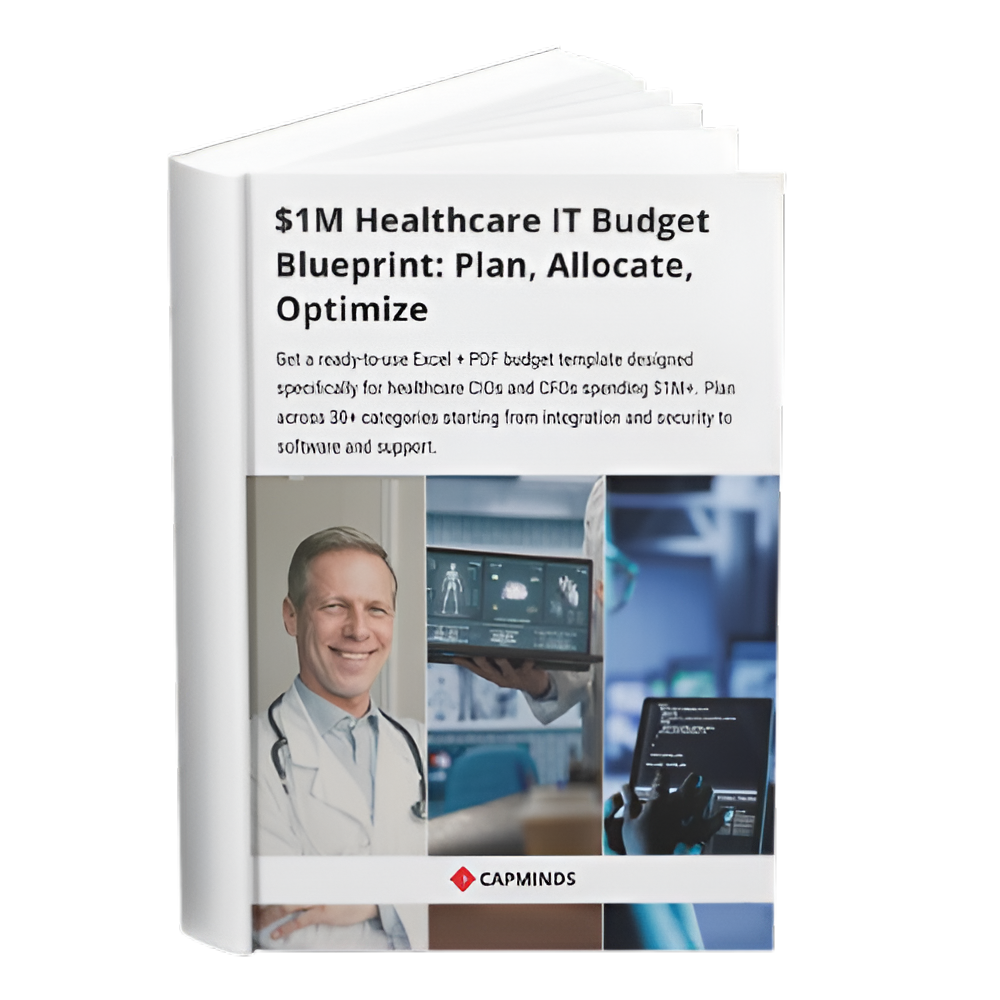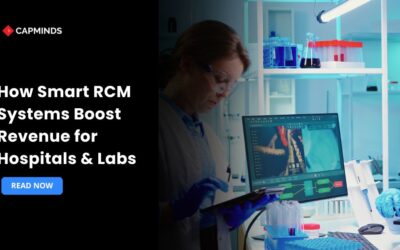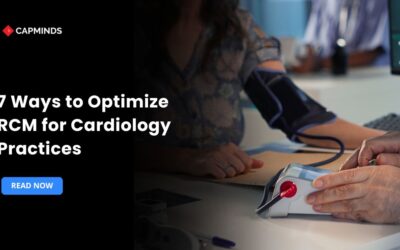The Quick Guide To Provider Credentialing: How It Works?
As provider credentialing is considered to be an important step for achieveing effective revenue cycle management, this article explains you about how provider credentialing works and what are the primary phases involved in it.
How Does Provider Credentialing Work?
Provider credentialing is the process of establishing that medical providers have proper qualifications to perform their jobs. This requires contacting a range of organizations, including medical schools, licensing boards, and other entities, to verify that the providers have the correct licenses and certificates. In addition, the credentialing organization makes sure there are no past reported issues that suggest the providers are incapable of competently treating patients.
The Primary Phases of Provider Credentialing
The three primary phases of provider credentialing are as follows:
1. Gather Information
A healthcare facility or health insurance plan asks the provider for information on his or her background, licenses, education, etc. The provider may submit the information in a questionnaire through email or through software.
In some cases, the healthcare facility or insurance company works with a third-party company — called a credentials verification organization (CVO) — that works with the provider to gather and verify information. Organizations often hire CVOs to allow for more efficient credentialing.
RELATED: 10 BEST THINGS ABOUT MEDICAL CREDENTIALING: WHAT & WHY?
2. Check the Information
In many cases, the facility or insurance company will do the background work. They will directly correspond with licensing agencies, medical schools, and other entities to verify the provider’s information.
In other cases, the facility or insurance company may use credentialing software to continuously check information that licensing agencies and other entities make available online. The CVO may also run verification checks.
Many healthcare organizations use collaboration and work management platforms to help them organize and record provider information and get automatic updates when certain credentials expire or need to be re-checked.
In all cases, the checks include monitoring reports about medical incidents, malpractice claims, or other information that could raise questions about whether to credential or re-credential the provider.
RELATED: 6 INCREDIBLE TIPS FOR MEDICAL CREDENTIALING SUCCESS
3. Award the Provider with Credentials
After the organization verifies all required credentials and finds no negative issues, the healthcare facility awards credentials to the provider.
After the health insurance company completes a similar process, it can decide to approve the provider as an in-network provider. That is, the insurance company will pay the provider for treating patients who have its insurance.
Privileging and payer enrollment
In addition to credentialing, a provider may also need to go through privileging and payer enrollment. The differences between these processes can be confusing, and sometimes it’s assumed that once one of the three steps has been met, the physician is ready to practice at your facility. Credentialing and privileging are the two processes that most often get confused. At their most basic level, the three processes are:
Credentialing: Generally refers to primary source credentialing (background check), also known as primary source verification.
Privileging: Making sure the provider has the appropriate training and experience to meet the minimum requirements and all authorizations to carry out requested procedures at a specific facility.
Payer enrollment: The process by which a medical provider gets entered into insurance plans, networks, Medicare, and Medicaid, so the provider and facility can be paid for services rendered to patients by that provider.
Credentialing tools
For many facilities, credentialing is a manual process, which can be time-consuming and is often prone to errors and redundancies. However, credentialing software tools can help reduce errors, eliminate redundancy, and speed up the credentialing process.
They can also help organizations ensure providers remain compliant, so they can continue to practice and be billable. For example, automated alerts can notify the medical staff coordinator or HR director that a license needs to be renewed by a certain date.
Software tools can also improve visibility into the credentialing process, making it easier to check on progress and spot potential risks that could prevent a provider from going to work.
How CapMinds Help You In Your Credentialing Process?
- Whether you need help with medical credentialing or your entire RCM process, CapMinds experienced billing professionals are available to help you 24/7 in the following ways.
- Collects and reviews all necessary documentation to ensure completeness and accurateness prior to submitting to the payer
- Relieves staff and providers of the time-consuming tasks of enrolling and re-credentialing with both government and commercial payers
- Ensures all providers are credentialed in a timely fashion to avoid delays in payment or loss of reimbursement
- Maintains relationships with thousands of payers across all states and manages all communication and follow-up through approval of applications
- Works closely with our billing team to monitor any denials and communicates with payers for prompt resolution




